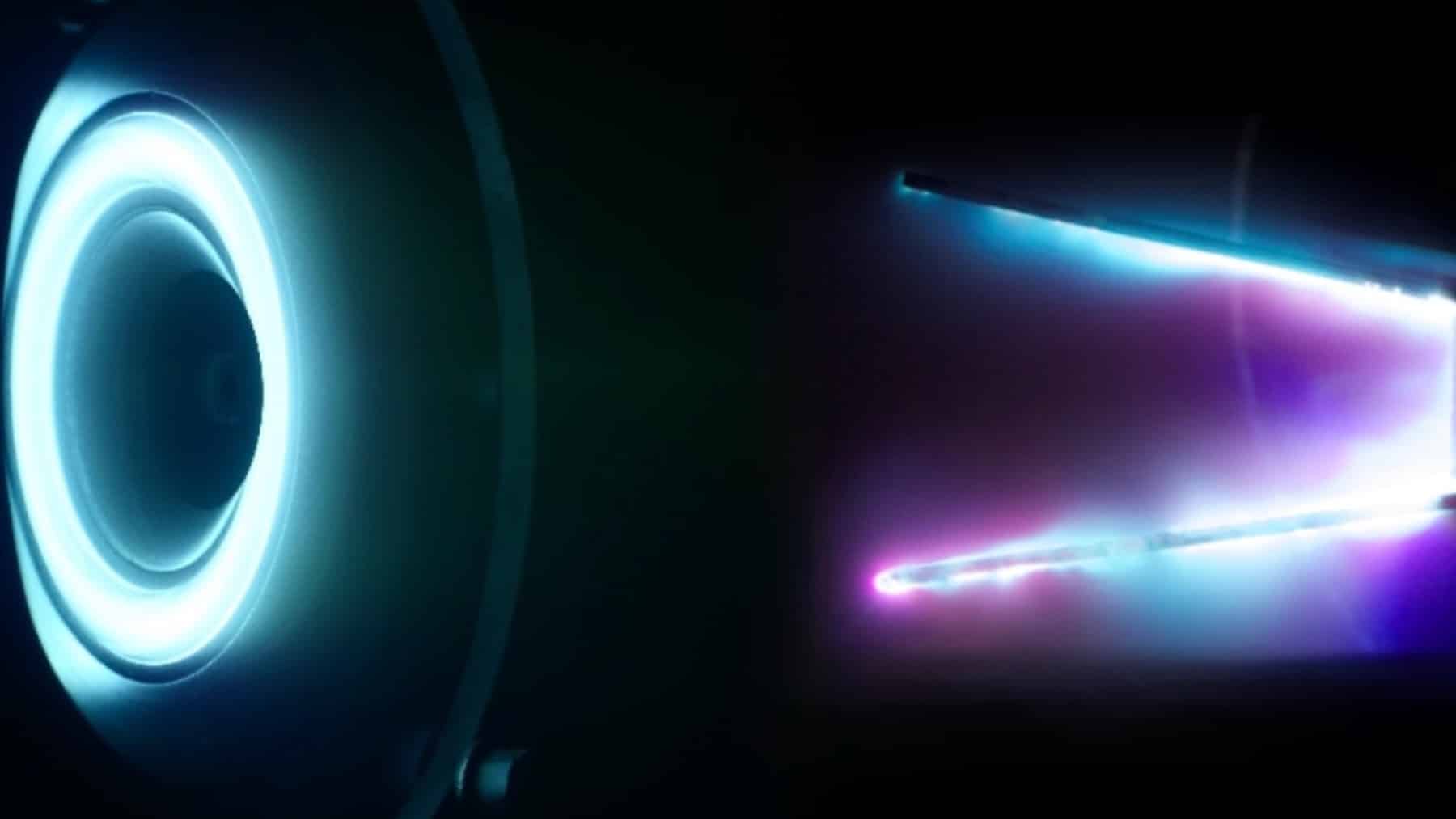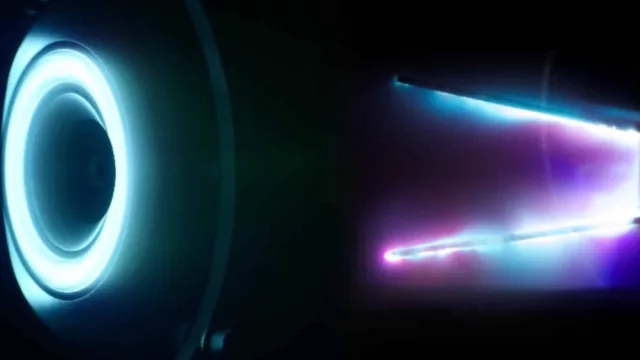
With the race towards future propulsion technologies accelerating, every global superpower is stepping up. America is backing electric vehicles with Tesla, and Japan is pioneering hydrogen fuel in efforts to enhance the clean energy future of tomorrow. In the lead, could perhaps be China, which unveiled something more like science fiction: a space engine that runs on plasma. Plasma is the same hot state of matter, mostly produced in the Sun; however, it can also be produced on Earth and be found in natural ways. With the most powerful operation of a 100-kilowatt magnetoplasmadynamic thruster, China is moving more boldly into the realm of deep-space exploration, renewing all that is possible in terms of spacecraft propulsion.
China’s unveiling of fuel “produced in the sun”
Plasma is termed the “fourth state of matter,” however, it is the most common form of matter in the visible universe. Plasma is, in fact, what stars, including our Sun, are primarily made of. The difference is that matter on Earth usually exists in solid, liquid, or gas form, whereas plasma, however, is formed when gas is energized to the point that its atoms split into free electrons and ions. This electrically charged plasma behaves differently from any other states-able to respond to magnetic and electric fields in dynamic, powerful ways.
Plasma already occurs naturally here on Earth, not just in the stars
While plasma is associated with the Sun, it also occurs on Earth, in lightning, the auroras, and even in some forms of fire. The problem is that creating and repurposing plasma for industrial or propulsion purposes needs energy and technological precision, making it a facet of modern science. China has, as such, achieved a technological breakthrough by achieving a controlled replication of physics in our Sun.
Leaping forward in plasma propulsion: A new space way to explore space frontiers
Core to this development is the magnetoplasmadynamic (MPD) thruster, a sophisticated engine design that uses electromagnetic fields to accelerate plasma and generate thrust. While chemical rockets burn fuel to create high-pressure gases, MPD thrusters rely on ionizing a propellant such as argon or xenon into plasma first and then shooting that plasma out at great speeds.
China’s new engine’s specialty is its raw power. Plasma thrusters of this kind generally operate at power levels in the tens of kilowatts. The Xi’an Aerospace Propulsion Institute’s latest test broke that ceiling, reaching over 100 kilowatts. That power level suggests more thrust and longer operational duration.
China’s plasma propulsion system’s design allows for high-temperature superconducting magnets and 3D-printed components, optimizing it for durability, scalability, and efficiency.
Moving from Earth to the stars with the phenomenon of plasma propulsion
Although chemical propulsion has served humanity well, it does have major limitations such as massive fuel loads, limited burning time, and lower efficiency over long distances. Plasma propulsion is superior in that it allows for continuous, efficient thrust that’s ideal for deep-space missions where fuel and energy do count. This follows the first-ever plasma engine for cars, which will be a massive shift in the transportation industry if the technology reaches a commercial level.
China’s breakthrough: A strategic innovation that could turn the country into an energy leader
China has surely positioned itself at the forefront of the space exploration era. While America still dominates electric vehicle technology and Japan is moving towards reliance on hydrogen, China is deciding to play it differently, going beyond Earth and towards the stars.
So, perhaps it’s not Tesla, or Toyota, or even a SpaceX rocket that leads humanity towards better space exploration, but a Chinese engine fueled by the exact plasma that powers the Sun.









